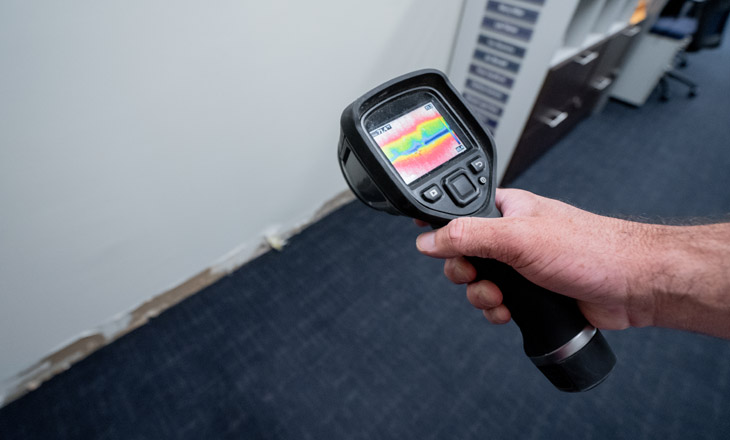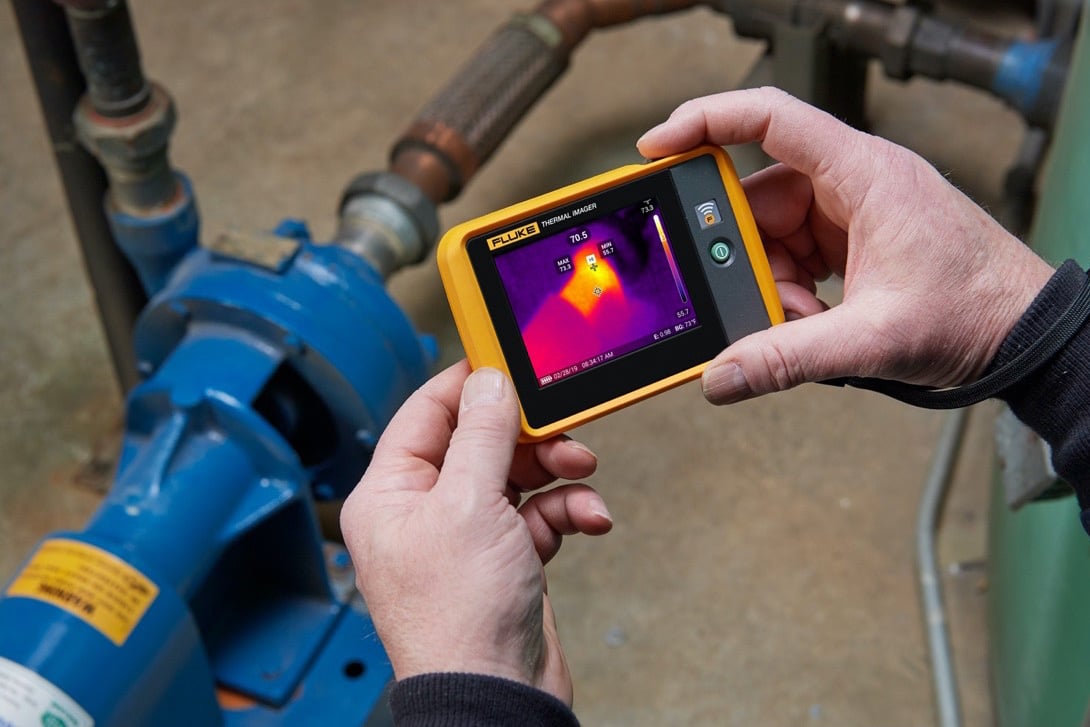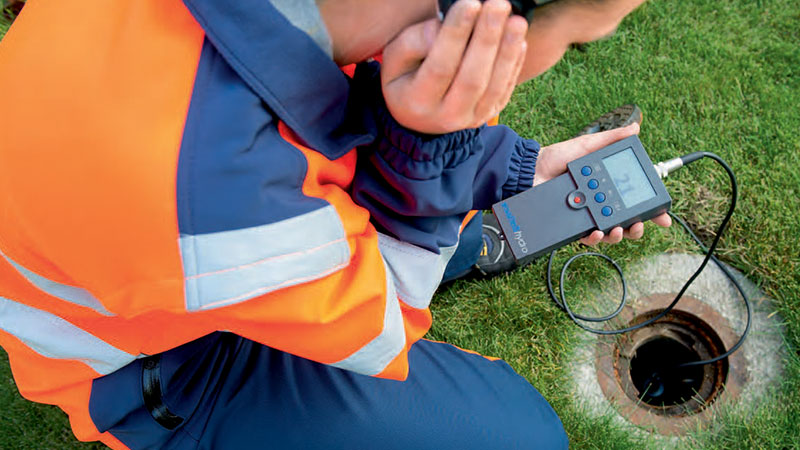Comprehensive Guide to Water Leak Detection for Property Owners and Services
Comprehensive Guide to Water Leak Detection for Property Owners and Services
Blog Article
Ingenious Solutions for Very Early Detection of Water Leakages in Structures and Framework
From cutting-edge leak discovery modern technologies to the deployment of IoT sensors for real-time surveillance, the landscape of leakage prevention is progressing swiftly. Automated water circulation evaluation systems are reshaping how leakages are identified and attended to, leading the method for a positive method to water leak detection.
Advanced Leakage Discovery Technologies
Advanced leak discovery technologies, geared up with innovative sensors and formulas, play a vital function in promptly identifying and determining water leaks in different settings. These technologies use a mix of acoustic, thermal, and electro-magnetic noticing approaches to discover leaks properly. Acoustic sensors spot the sound of leaving water, enabling precise localization of the leak resource. Thermal imaging discovers temperature modifications triggered by water leak, giving an additional reliable method for leakage recognition. Electro-magnetic sensing units can identify modifications in magnetic fields brought on by water, providing yet another layer of leak discovery capability.

IoT Sensors for Real-Time Surveillance
In the realm of contemporary water leak discovery, the assimilation of IoT sensing units for real-time surveillance stands for a critical improvement in improving aggressive leak discovery capabilities. These sensors offer continual surveillance of water systems, providing real-time information on water flow prices, pressure variants, and temperature level changes. By leveraging IoT technology, these sensing units can spot even the tiniest anomalies in water usage patterns, enabling very early recognition of prospective leakages prior to they escalate into major concerns.
IoT sensors transfer information to a centralized platform, where innovative formulas analyze the details and create informs or alerts when abnormalities are spotted. This real-time tracking capability permits building owners or facility supervisors to without delay address leakages, lessening water damages, decreasing repair expenses, and saving water resources.
In addition, IoT sensors can be integrated with building management systems, allowing for automatic reactions to discovered leaks, such as shutting down water shutoffs or activating pumps to reduce the effect of leaks. Generally, the application of IoT sensors for real-time surveillance dramatically improves the performance and effectiveness of water leak detection in structures and infrastructure.
Artificial Intelligence Algorithms for Leakage Forecast

One trick advantage of using artificial intelligence for leak prediction is its ability to continuously learn and enhance its accuracy in time. As more information is gathered and fed right into the algorithm, it can fine-tune its forecasts and adjust to altering problems, inevitably increasing the dependability of leak detection systems.
Moreover, machine understanding algorithms can assist in recognizing refined indications of leakages that might go undetected by conventional monitoring approaches. water leak detection. By examining intricate information sets in real-time, these formulas can provide early warnings and notifies, permitting prompt treatment and preventive maintenance to minimize potential water damage and connected costs
Using Thermal Imaging for Leak Detection
Thermal imaging technology offers an encouraging strategy for discovering water leakages in various systems and frameworks. By utilizing infrared radiation and temperature level variations, thermal imaging cams can determine surprise leakages that are not conveniently noticeable to the naked eye.
One of the crucial advantages of thermal imaging for leakage discovery is its non-intrusive nature. Generally, the usage of thermal imaging technology improves the performance and precision of water leak detection, making it a useful device for maintaining the stability of buildings and infrastructures.
Automated Water Flow Evaluation Solutions
Just how can automated water flow evaluation systems change the discovery and management of leakages in numerous systems and infrastructures? Automated water circulation analysis systems offer a positive strategy to leak discovery by continually monitoring water flow rates and patterns. By establishing baseline data, these systems can rapidly recognize inconsistencies that might indicate a leakage, visit here enabling timely treatment to avoid considerable damages.
These systems use innovative formulas to analyze real-time data and give prompt signals when abnormalities are found, enabling quick action to be taken. In addition, automatic water flow analysis systems can be incorporated with structure administration systems or IoT platforms, enhancing overall efficiency and making it possible for remote surveillance capacities.
Moreover, the information collected by these systems can be utilized for predictive upkeep functions, assisting to identify prospective powerlessness in browse around this site the framework prior to leakages occur. Overall, the implementation of computerized water flow evaluation systems can dramatically boost leakage discovery and administration techniques, eventually leading to set you back financial savings, decreased water wastage, and raised sustainability in structures and framework.

Verdict
To conclude, the integration of advanced leakage detection modern technologies, IoT sensing units, artificial intelligence formulas, thermal imaging, and computerized water circulation evaluation systems provides innovative options for very early discovery of water leakages in structures and infrastructure. These innovations allow real-time surveillance, prediction of leakages, and effective detection approaches to avoid water damage and wastefulness. Implementing these web link solutions can aid in keeping the integrity and sustainability of water systems in different setups.
Report this page